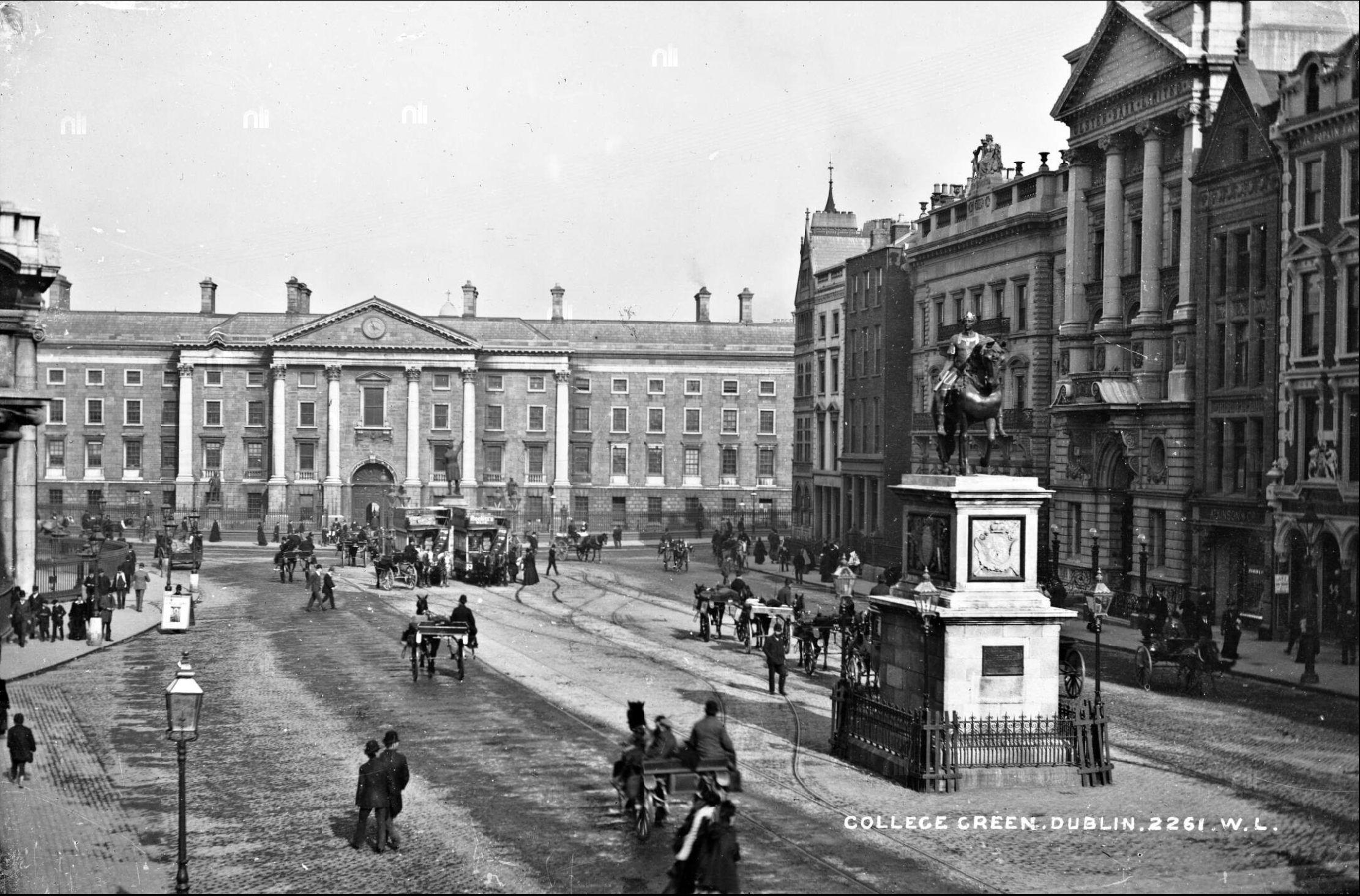In the heart of Dublin, College Green once stood as a symbol of Protestant power. The imposing equestrian statue of King William III, erected in 1701, commemorated his victory over Catholic forces in the Battle of the Boyne in 1690. For many Protestants, William represented a savior who protected their religious freedom and civil liberties.

The statue’s presence was not without controversy. Catholics, who formed the majority of Ireland’s population, resented William’s role in reinforcing Protestant rule. The statue became a target for vandalism, and tensions remained high.
In the late 18th century, the statue took on a new significance as Irish nationalists began to emerge. While some nationalists still saw William as a symbol of oppression, others, like Henry Grattan, embraced the ideals of liberty and self-governance that William’s victory had helped to establish.
By the 19th century, Dublin had become a majority Catholic city, and the statue’s presence became increasingly contentious. The Orange Order, a Protestant fraternal organization, used the statue as a rallying point, further inflaming tensions.
In 1928, the long-simmering resentment boiled over. On Armistice Day, the IRA bombed the statue, causing irreparable damage. The statue was removed the following year, marking the end of its 227-year reign over College Green.
The removal of the statue reflected the changing political landscape of Ireland. The new Irish Free State sought to establish a more inclusive national identity, one that did not privilege any particular religious group. The statue’s removal was a symbolic act of breaking with the past and embracing a new era.
In 1966, a statue of Thomas Davis, a 19th-century poet and Young Ireland leader, was erected in place of King William’s statue. Davis, while a Protestant, was also a proponent of Irish independence and cultural revival. His statue represented a more unifying symbol for the new Irish nation.
The story of King William’s statue is a complex and fascinating one that reflects the changing religious, political, and social dynamics of Ireland over the centuries. It is a reminder of the power of symbols and the ongoing struggle for identity in a nation with a rich and contested history.
